Hey, everyone! Welcome back to our blog. Today, let’s talk about a common yet frustrating issue—body acne. Known by some as backne, buttne, or body acne, this skin condition affects more people than you might realize.
We’re excited to dive into this topic. Many think of acne as a facial issue, but it can appear on other areas of the body like the chest, back, buttocks, and thighs. In this post, we’ll explore why body acne happens, how to treat it, and ways to potentially prevent it.
Understanding Body Acne: Why Do We Break Out?
When discussing body acne, we like to categorize it into two types: true acne and folliculitis. While they look similar, they have different causes and treatments, though there are overlaps in management and prevention.
1. True Acne
True acne can appear wherever we have oil glands associated with hair follicles. While it’s often seen on the face, it’s not unusual for people to experience it on their chest, back, and other areas. Some individuals have a genetic predisposition to severe acne on both the face and body, while others may mainly struggle with body acne. Hormones and genetics play significant roles in body acne, especially for those who experience hormonal acne, which can also affect the body.
2. Folliculitis
Folliculitis looks like acne to the untrained eye, but it’s caused by irritation around the hair follicles. This irritation may be worsened by activities such as shaving, sweating, and friction from clothing. Folliculitis can also be triggered by viral, bacterial, or fungal infections, leading to superficial breakouts similar to acne.
Causes of Body Acne: What Triggers It?
In addition to genetic and hormonal factors, lifestyle choices can contribute to body acne flare-ups. Here are some common triggers:
- Sweating: Sweat acts as fuel for skin bacteria, which can lead to increased inflammation, particularly in those prone to folliculitis.
- Tight Clothing: Wearing tight, non-breathable clothing—especially during exercise—can trap sweat and increase friction, exacerbating body acne.
- Extended Sitting: Sitting for prolonged periods can contribute to moisture buildup, particularly on the buttocks and thighs, potentially leading to acne flare-ups.
How to Differentiate Between Acne and Folliculitis
True acne generally includes blackheads and whiteheads, while folliculitis often presents more redness around hair follicles and may include pustules. Dermatologists can diagnose accurately, but in general, both conditions can often be managed with similar treatments.
Effective Treatments for Body Acne
If you’re dealing with mild body acne, start with over-the-counter products. For more severe acne, especially if it leads to scarring, consult a dermatologist for professional guidance.
- Key Ingredients to Look For:
- Benzoyl Peroxide: A favorite ingredient for both treatment and prevention, benzoyl peroxide works well as a cleanser in the shower and is often well-tolerated by the body’s tougher skin.
- Salicylic Acid: This ingredient is particularly effective for acne, helping to unclog pores. Salicylic acid cleansers are widely available and provide a solid alternative for those who may be sensitive to benzoyl peroxide.
- Topical Retinoids: Retinoids like adapalene can help with clogged pores and post-acne marks, making them useful for persistent cases of body acne.
For a benzoyl peroxide cleanser, use it once daily in the shower, leaving it on for 2–5 minutes before rinsing. This helps treat and prevent breakouts on larger areas like the back, chest, and buttocks.
Moisturizing and Exfoliating for Acne-Prone Skin
A good body moisturizer is essential in any acne regimen. For body acne, lighter, non-comedogenic lotions (like those from Cetaphil, CeraVe, and Vanicream) work well without causing additional irritation. If you’re prone to breakouts, avoid thick creams or oils that may worsen acne.
For exfoliation, avoid physical scrubs, which can irritate the skin and spread bacteria. Instead, choose a gentle chemical exfoliant containing salicylic acid, like the CeraVe Rough & Bumpy line, to help with acne and post-acne marks.
Tips to Prevent Body Acne
Now that you’ve started treatment, here are some lifestyle tips to prevent future breakouts:
- Shower After Sweating: Shower as soon as possible after working out to wash away sweat and bacteria.
- Choose Loose, Breathable Clothing: Wear loose, breathable clothes, especially during workouts, to reduce friction and trapped moisture.
- Be Mindful of Backpacks: For those with back acne, backpacks can contribute to breakouts. Consider switching to a tote bag if needed.
- Avoid Extended Sitting: If you experience butt acne, try taking breaks to move around and avoid sitting for prolonged periods in tight clothing.
- Shave Carefully: If you shave areas prone to breakouts, use shaving cream and shave with the grain to reduce irritation.
Sunscreen and Body Acne
Sun protection is essential for everyone, but it’s especially important for acne-prone skin, as sun exposure can darken post-acne marks. Look for oil-free, non-comedogenic sunscreens. Lightweight, fast-absorbing formulas, such as Neutrogena Ultra Sheer and La Roche-Posay Anthelios, work well for body acne.
When to Seek Professional Help
If you’ve tried these treatments and lifestyle changes but aren’t seeing improvement, it may be time to consult a dermatologist. Severe body acne may require prescription treatments like antibiotics or oral isotretinoin (Accutane). Additionally, if you suspect you may have fungal acne (pityrosporum folliculitis), your dermatologist can provide appropriate antifungal treatments.
Conclusion
That’s everything you need to know about managing, treating, and preventing body acne. We hope this post has been helpful, especially for those who may not have easy access to a dermatologist. Many of the products we mentioned are affordable and effective. Let us know if you have any questions or if there are other topics you’d like us to cover. Don’t forget to subscribe to our blog for more practical skincare tips!

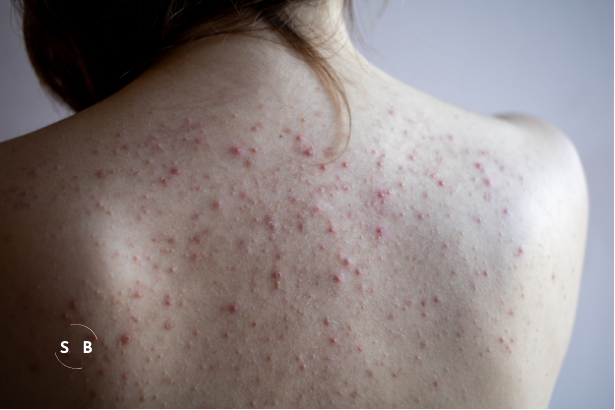

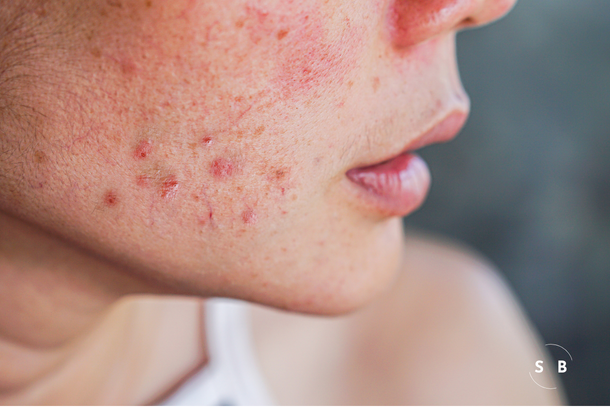
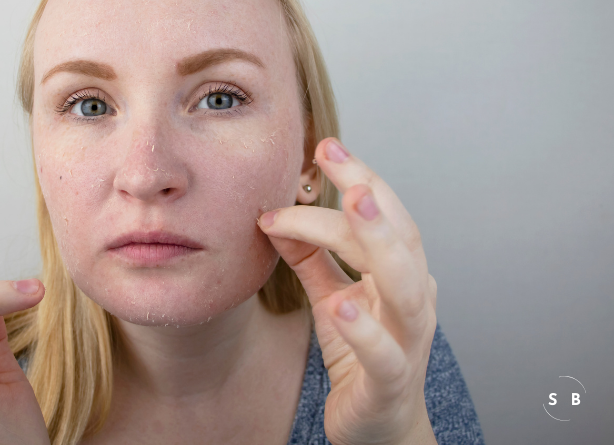
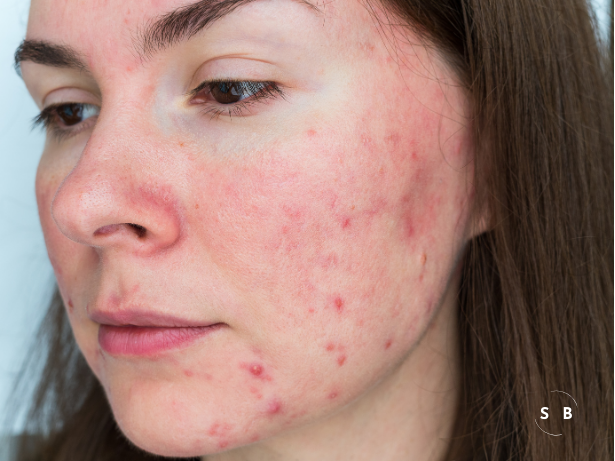
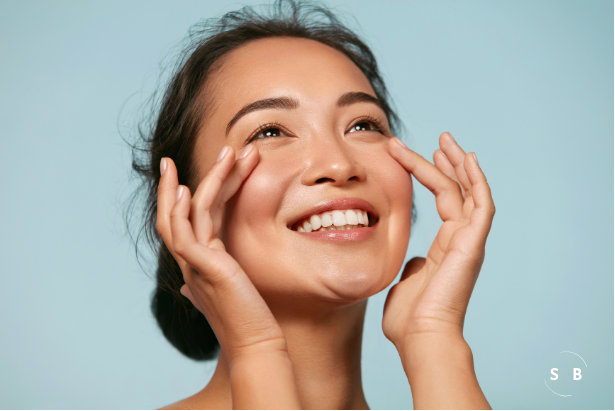
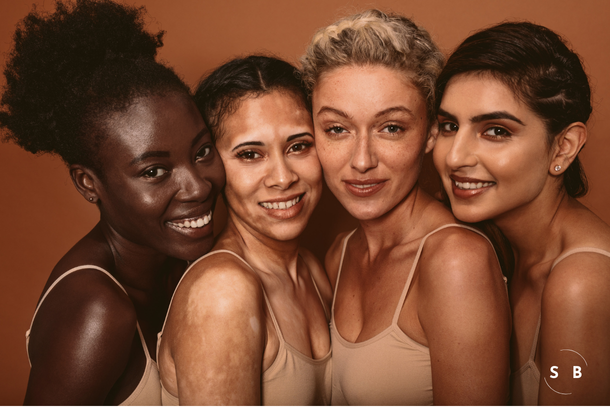
Leave a Reply